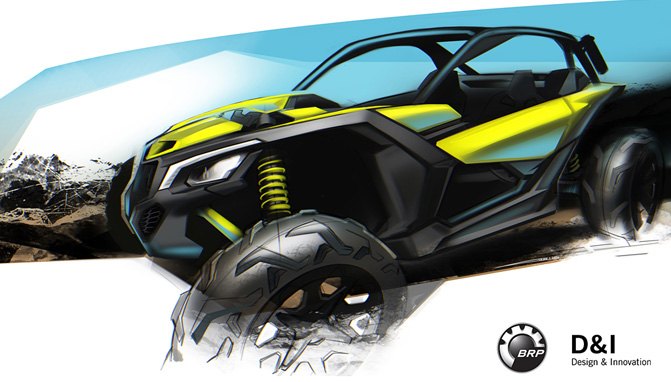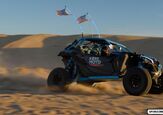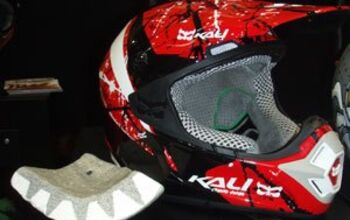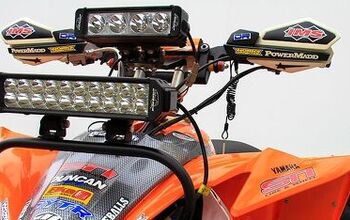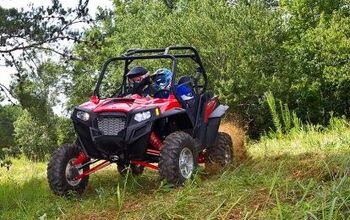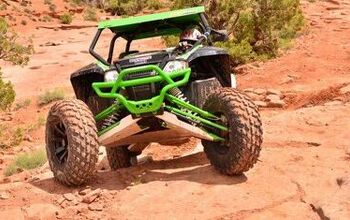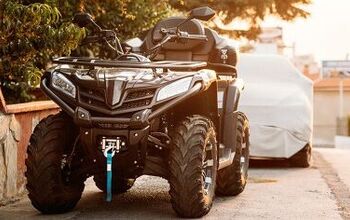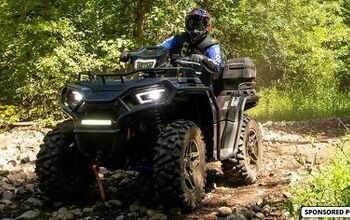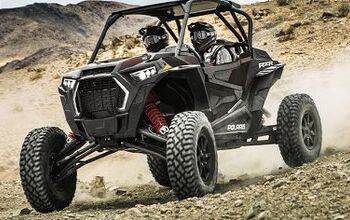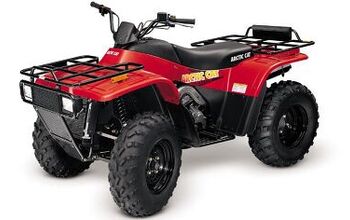Can-Am Maverick X3: From Concept to Finished Product
Building a new UTV from the ground up is a monumentally huge undertaking. But it has to start somewhere. Before a single part gets made, an idea must be formed. That idea, at some point, comes to life in the form of an artist’s concept rendering.
BRP was kind enough to share an early concept rendering of the new Can-Am Maverick X3, which you can see above. This rendering was produced by Alexei Mikhailov at BRP’s Centre Design & Innovation Laurent Beaudoin.
While the finished product doesn’t exactly mirror the rendering, the similarities far outweigh the differences.
The finished product
If you are interested in how a vehicle goes from concept to reality, check out the information below provided by BRP.
- It can take up to 36 months to design a new side-by-side vehicle, from the first sketch on a blank sheet of paper.
- In the early stages, the design team could go through hundreds of renderings of different concepts until they find the one they want.
- It’s often multiple designers who comprise the design team and are responsible for pitching concepts.
- REWARD? You Bet! Usually, only one design theme is chosen from the masses and that designer can then earn the right to go on to lead the project through concept.
- It’s multiple stages and can vary per project/process, but usually starts with a 2D sketch phase. From there, two to three concepts can be selected and put into a 3D clay model phase. These would be scale model in size and then head on to CAD. From there, the team then mills a full-size 3D clay model.
- Most often the team uses a combination of Photoshop, Corel Painter, Alias Sketch during rendering.
- The design team works side by side with engineering team from the start. The Can-Am Maverick X3 is a great example of when engineering and design work together in perfect collaboration from start to finish to achieve the common goal of creating the most revolutionary side-by-side vehicle on the market.
- BRP has one of the largest and most advanced design centers in the powersports industry. A full international staff does all the work internally. Designers are recruited locally, of course, but talent is pulled from all over the world as it best represents BRP’s vast market reach in all of its brands. The Centre Design & Innovation Laurent Beaudoin is proof.
I have been working exclusively in digital media since 1997. I started out with TSN.ca, spending nearly nine years creating and editing content on Canada's leading sports website. I left to join VerticalScope, Inc., one of the world's largest online publishers, to start a number of powersports publications. While at VerticalScope, I've helped create and oversee content for a wide variety of different publications, including ATV.com, Off-Road.com, ArcheryTalk.com, Tractor.com, RVGuide.com, and many more.
More by Lucas Cooney



